New ARM chips offer glimpse of future Apple products
According to ARM, the Cortex-A9 MPCore "hard macro implementations" will enable chip makers to create even higher-performance devices from the low-power chips in "high density and thermally constrained environments" that the processors are usually found in, like the iPhone and iPod touch. In addition, the new design consumes less than 250mW per CPU while at peak performance.
"The Cortex-A9 MPCore processor has already been widely accepted as the processor of choice for high-performance embedded applications across a broad spectrum of demanding consumer and enterprise devices,†said Eric Schorn, vice president of marketing for ARM's processor division. "ARM’s parallel development of advanced, optimized physical IP components demonstrates a new level of collaborative differentiation while enabling our Partners to expand their penetration into high margin domains traditionally occupied by proprietary architectures."
While the implementations are now available for license to chipmakers, the Cambridge, U.K., company said hardware availability is expected in the fourth quarter of 2009.
The new chips could be a sign of what is to come in future iPhones, iPods or other hardware. While ARM creates reference designs, other chipmakers will license those designs, and obtain the right to modify and/or customize them.
Released this year, the iPhone 3GS is powered by a single-core ARM Cortex-A8 from Samsung that runs at about 600MHz. But like on desktop PCs, multi-core architectures are seen as the way of the future for ARM chips, and the new dual core Cortex-A9 is representative of that.
Apple is working to create its own custom iPhone chips after the $278 million acquisition of P.A. Semi in 2008. It is likely that when P.A. Semi creates a chip for the new iPhone, the newly announced dual core ARM chips could serve as a guideline for chip development.
But perhaps the design elements could show up even sooner, in Apple's long-rumored tablet. Months ago, sources told AppleInsider that P.A. Semi is likely to design the chips inside the the hardware maker's forthcoming 10-inch multi-touch device. The new hardware is expected to arrive in early 2010.
The ARM processor outfitted in the iPhone 3GS is separate from the PowerVR SGX GPU employed in the handset. That graphics processor has enabled both the new iPhone and the iPod touch to have OpenGL ES 2.0 support.
While the new ARM Cortex-A9 chips are said to be capable of 2GHz, previous processors in the iPhone and iPod touch have been underclocked from their maximum potential power. Regardless, one would expect any new hardware would provide a performance boost over the current offering.
"ARM’s long-standing investment in low-power leadership and ability to develop such high-performance devices enables licensees to lower the cost and risk of entering the high-margin markets currently addressed with competing proprietary solutions," said Will Strauss, principal analyst at Forward Concepts. "With single-thread performance capable of supporting very intensive workloads, the unprecedented level of power efficiency will enable licensees to introduce compelling new products."
 Neil Hughes
Neil Hughes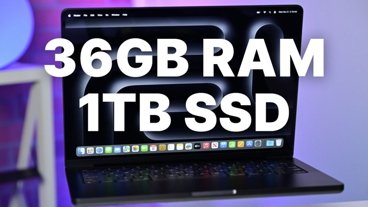


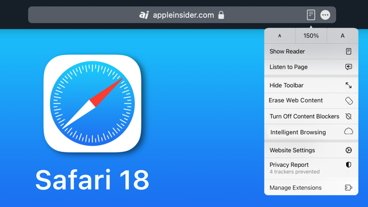
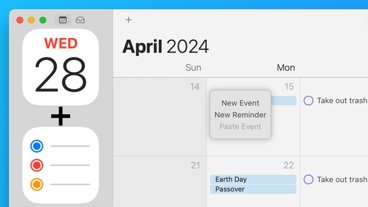

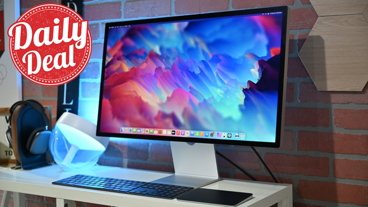
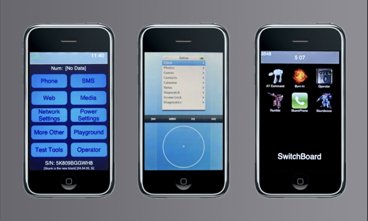


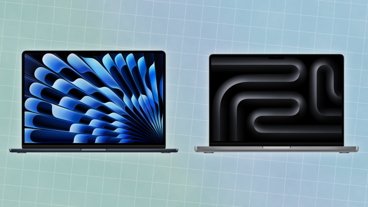
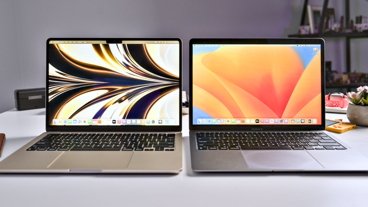
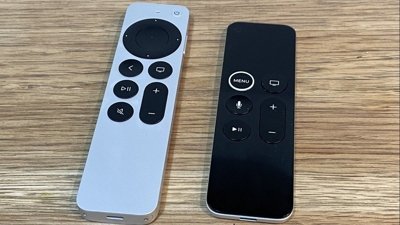
 Charles Martin
Charles Martin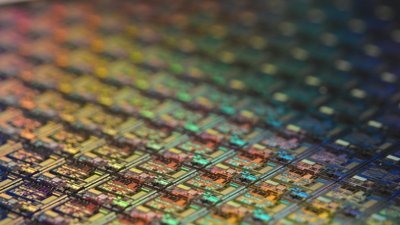
 Andrew Orr
Andrew Orr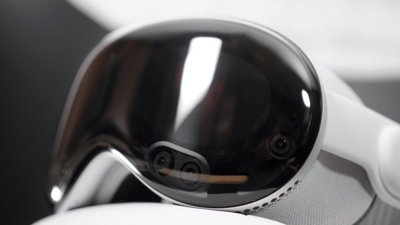
 Wesley Hilliard
Wesley Hilliard
 William Gallagher
William Gallagher


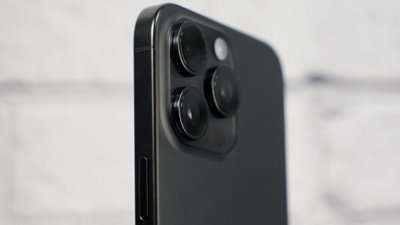
 Malcolm Owen
Malcolm Owen


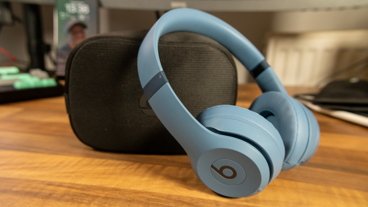
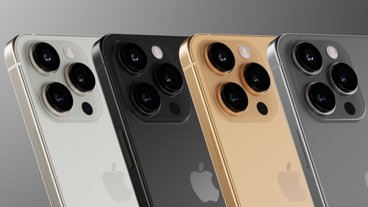
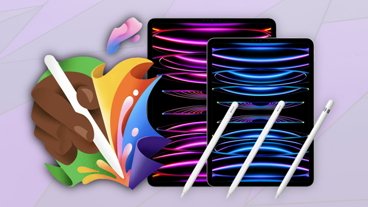

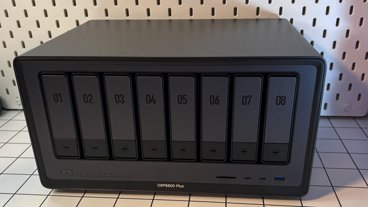
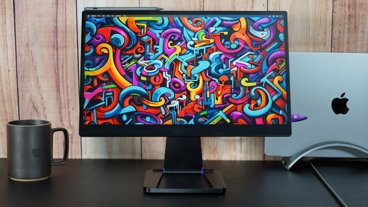

32 Comments
Apple Tablet:
Mac inside.
As light as possible (no more than 400 g or so).
As small as possible (pocketable would be great).
Video-out.
USB 2.
The ultimate Keynote and PowerPoint presentation device. Here is an order of thousands for our University.
If these cores are slightly more advanced versions of the Cortex 8, then even if Apple ran them at half speed, two of them running at 1GHz would be 4 times as powerful as what's in the 3GS and new iPod Touch. What GPU would be paired with it? The top Imagination chip does 30 million triangles a second as opposed to the 14 million for the phone and Touch. would that be enough for a tablet with possibly three to four times as many pixels?
This could be designed into one impressive low power SoC. I'm think total power draw with the support I/O and the GPU might be under two watts with everything running flat out. Assuming Apple optimizs for performance in GPU performance, a good size cache and I/O suitable for a tablet.
Using tech like this I could see a single core going into iPhone and doubling performance again. Life is going to be interesting in Apple land next year.
Dave
If these cores are slightly more advanced versions of the Cortex 8, then even if Apple ran them at half speed, two of them running at 1GHz would be 4 times as powerful as what's in the 3GS and new iPod Touch. What GPU would be paired with it? The top Imagination chip does 30 million triangles a second as opposed to the 14 million for the phone and Touch. would that be enough for a tablet with possibly three to four times as many pixels?
Can you pair the A9 with the Nvidia 9400M?
Apple Tablet:
Mac inside.
As light as possible (no more than 400 g or so).
As small as possible (pocketable would be great).
Video-out.
USB 2.
The ultimate Keynote and PowerPoint presentation device. Here is an order of thousands for our University.
1) Under a pound is impossible for a device that has a 9.6? display.
2) If you want a pocketable device you have the iPod Touch.
3) Video out and USB are a giving, even iPods have that.